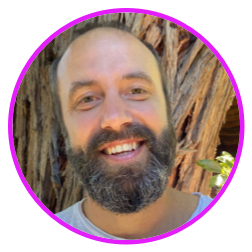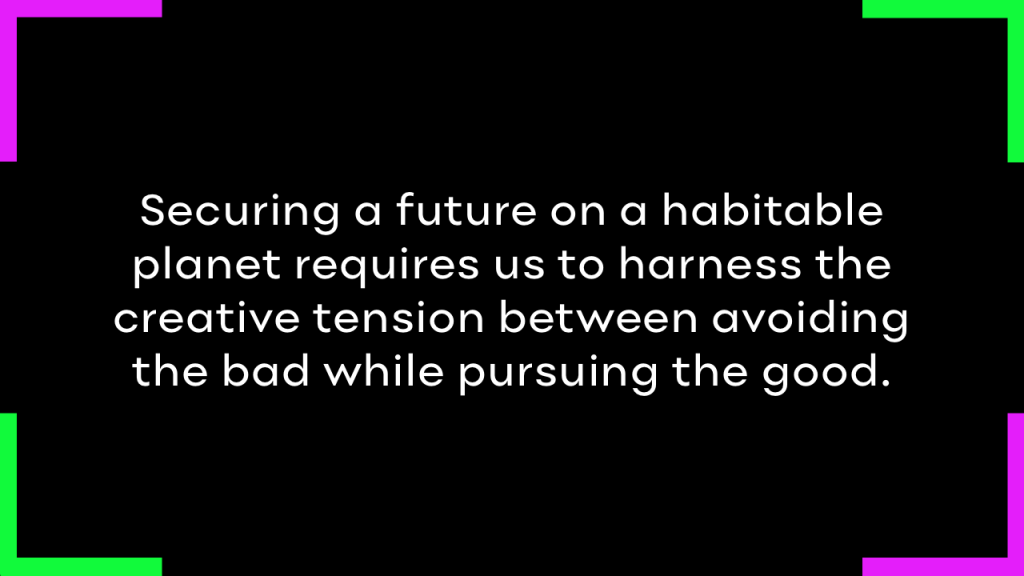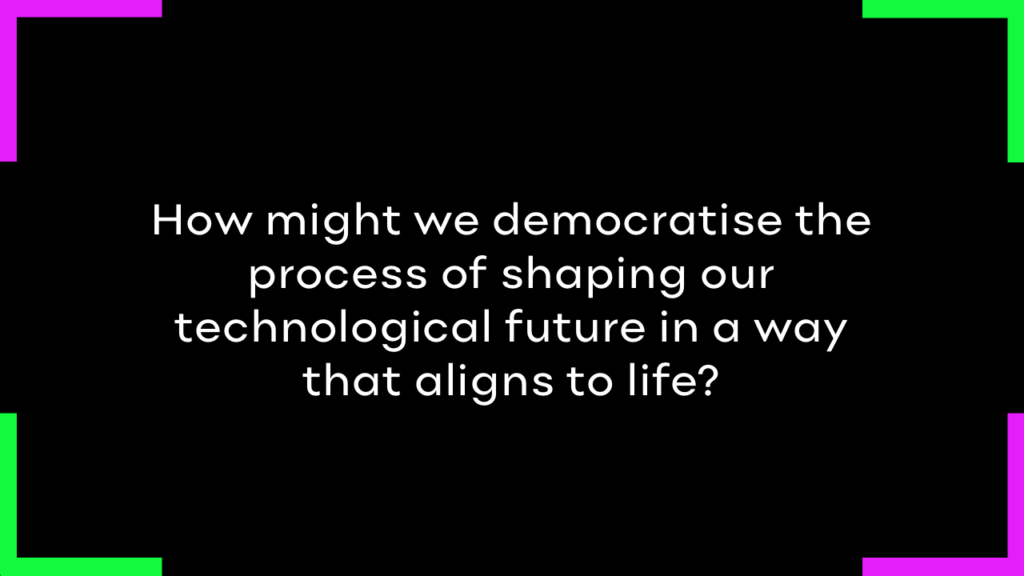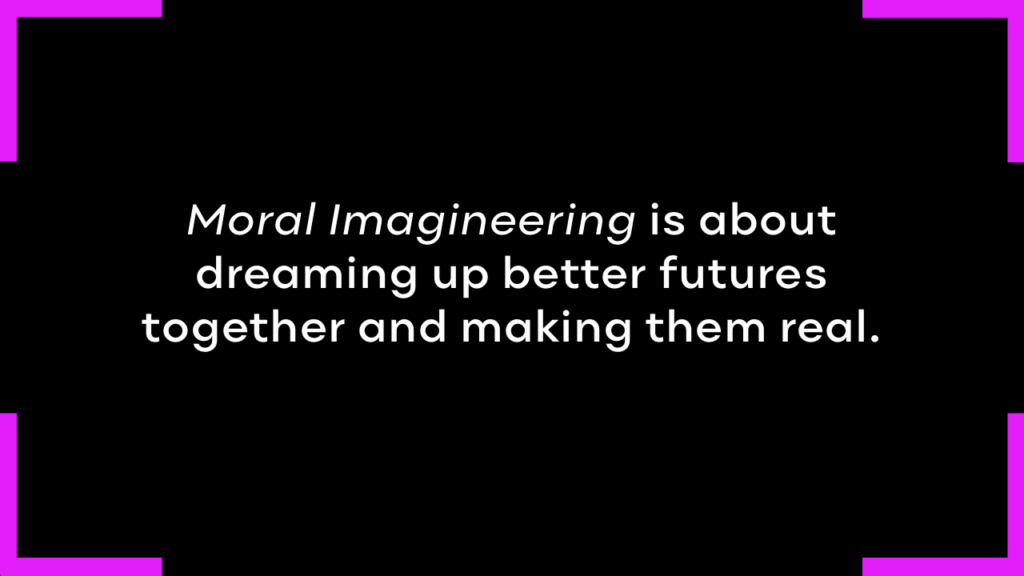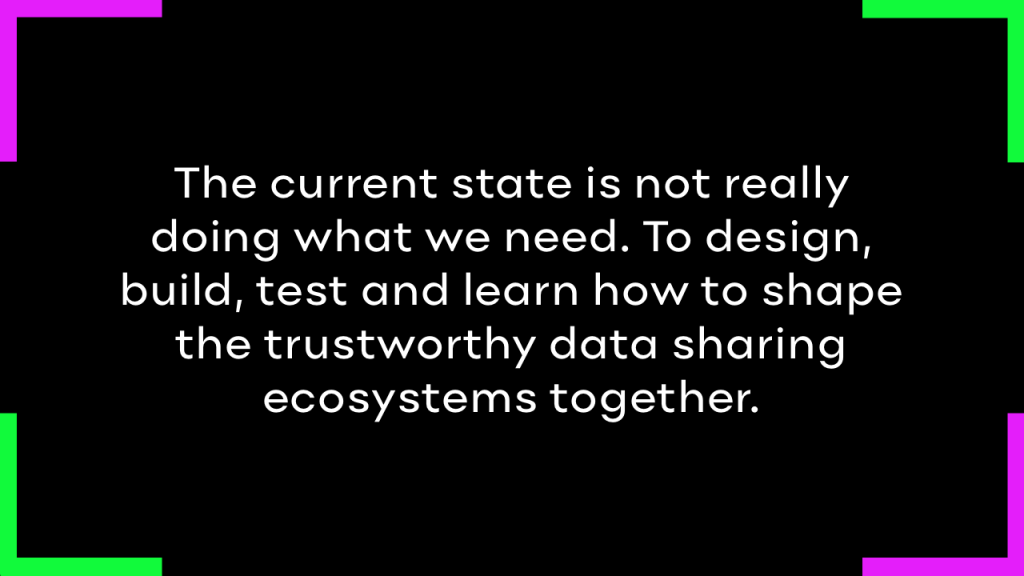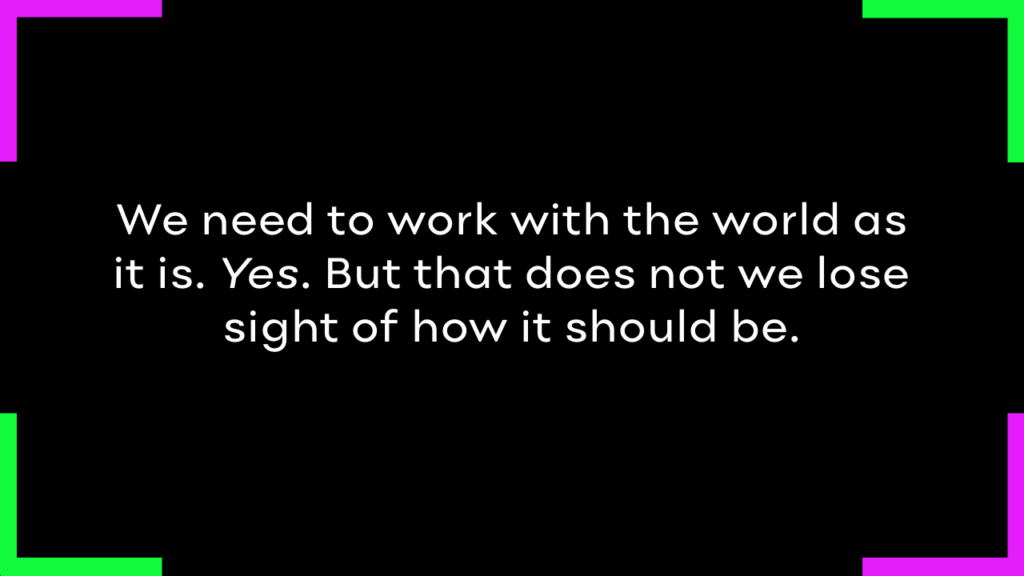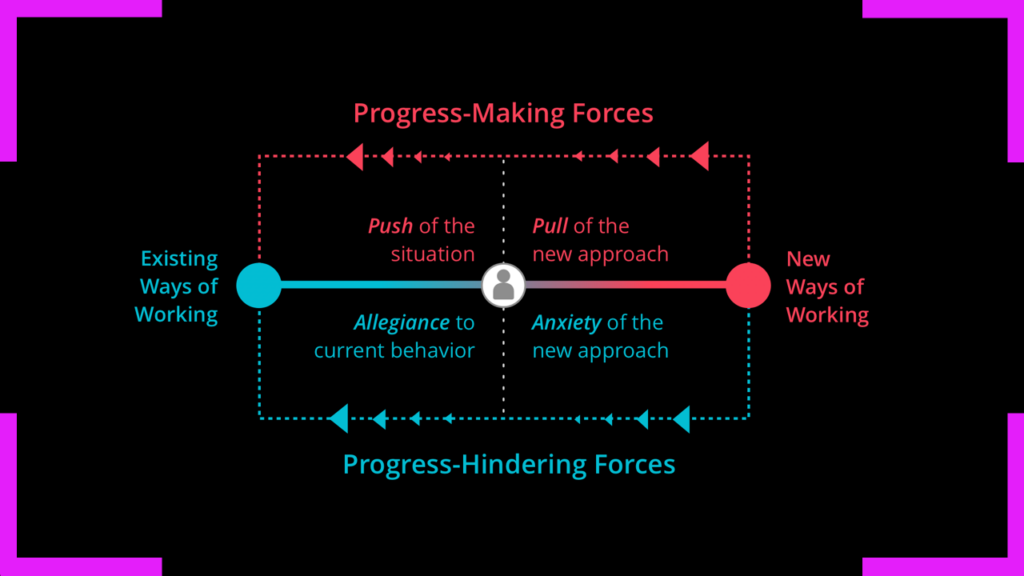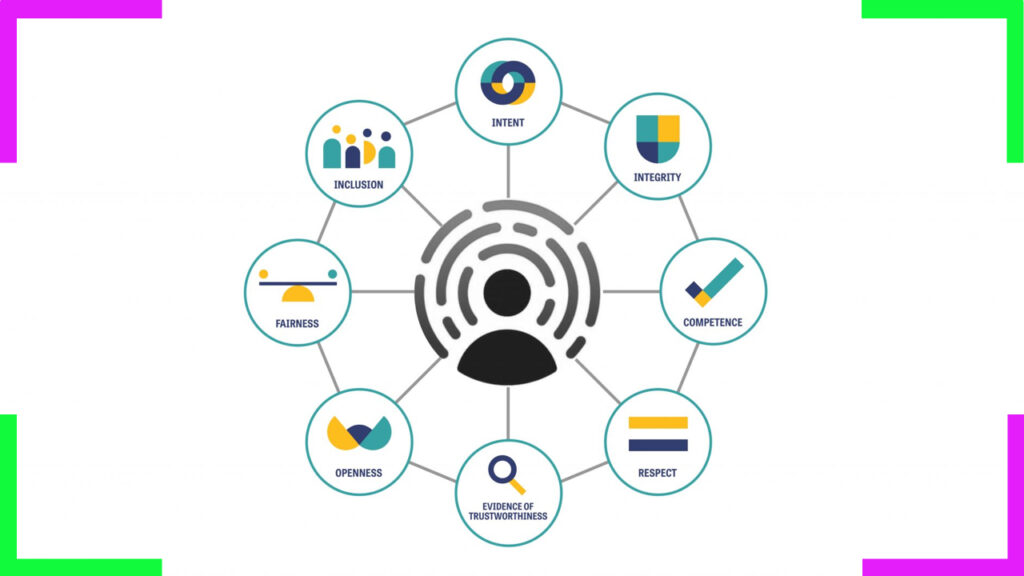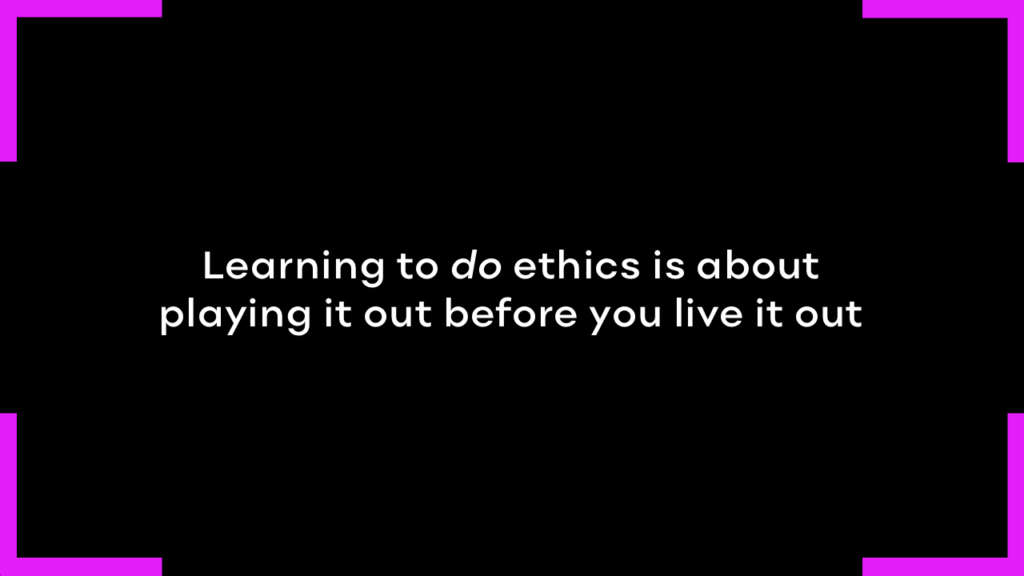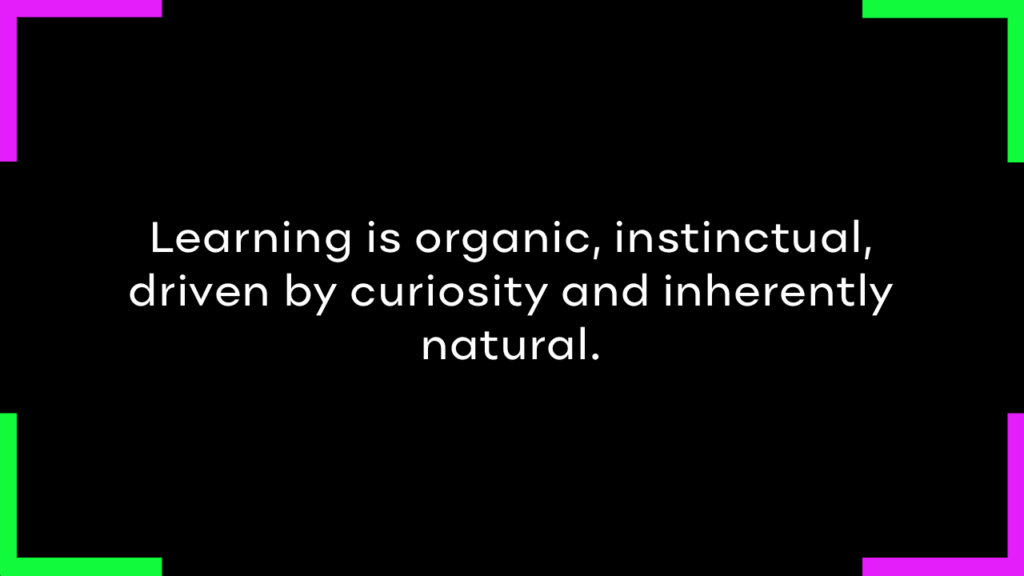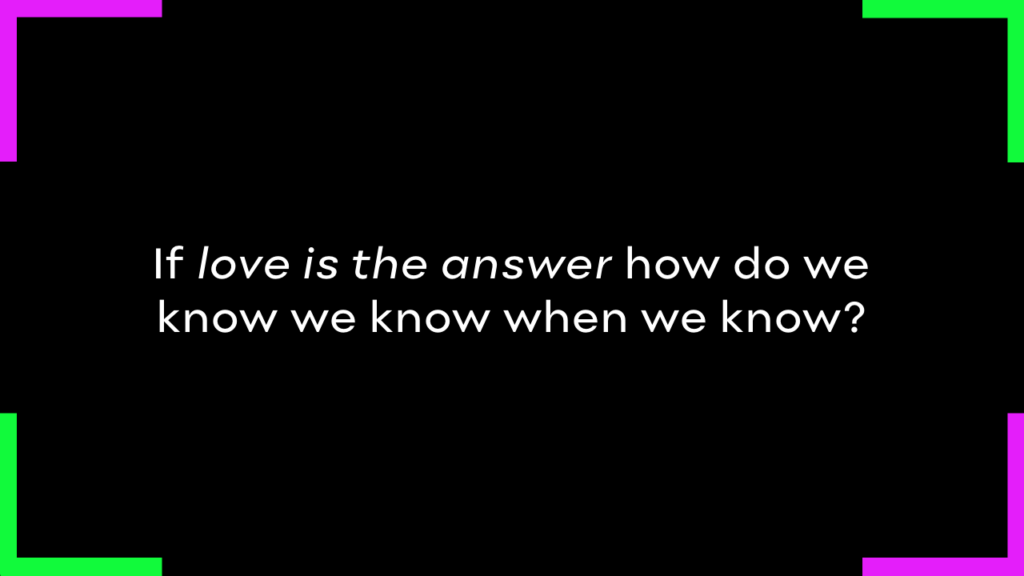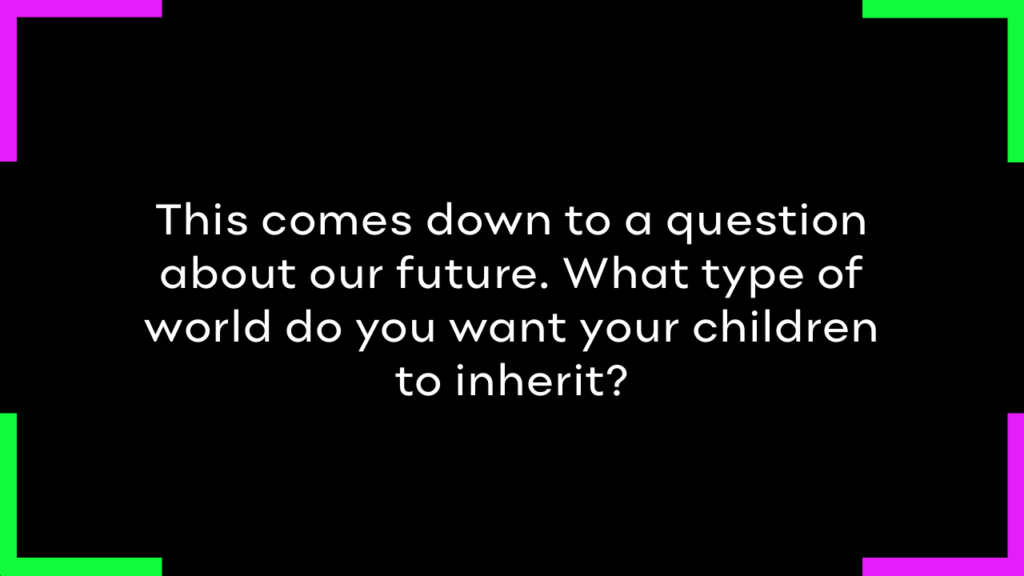This is an unedited version of a creative essay I did while at university.
Subject: Utopias and Dystopias Autumn Semester 2010
Imagine if you could be in a state of calm mental alertness, always be aware of your own emotions and the emotions of others, exercise compassion completely and constantly, be acutely aware of your surroundings and solve complex problems with relative ease?
The utopian vision that follows is founded on the idea that a unitive conscious awareness is possible. The central theme is that 2 people are part of an experiment in deep brain stimulation where they have had a neural implant that stimulates certain areas of their brains. The purpose of the experiment is to see if a reasonably sustained level of gamma waves can be induced in individuals that would enable a conscious awareness liken to that of people who have done years of meditative practices. The setting takes place in a small town (Strafford) in the north eastern United States where the people from the Massachusetts Institute of Technology experiment have located themselves. This fictional township has a spiritual element where a camp has been established that functions as a type of commune where people practice their spiritual beliefs based on Buddhist philosophy. As the implications of the research findings are realised, they are seen as having the potential to be profoundly transformational for humanity. The essay will be a combination of narrative description, with dialogue between several characters some of which will be discussing the implications of this potential utopia.
It is late September 2011 and a small town in east New Hampshire is quiet as the dawn light slowly pierces the darkness. Sounds start to fill the air as if the quietness of night has evaporated into the sky. Birds sing their melodies celebrating the approach of a new day. The sun rises over the horizon casting moving shadows as trees do their dance in the crisp morning breeze. In a house not far from the centre of town, activity has already been taking place. By 6am Herbert Sehan has finished his morning ritual of meditation. Not far from his place is camp Amata Jagruti, named after the Sanskrit word for Awakeness of Soul where some people have just finished their breathing exercises, breakfast and Buchuun. Herbert is an early riser, not like his close friend, Jess, who prefers to arise at 7am. Herbert has been living in Strafford for the past 9 months, since his discharge from hospital after the neural implant surgery.
He gets monthly visits for a day or two by a team of scientists and doctors from MIT University who do a variety of tests. Herbert is not the only one that is part of this experimental research. The other person, a 27 year old female named Marlene, also lives in the town not far from Herbert. Marlene was a student at MIT who volunteered for the research experiment and also gets regular visits from the MIT team on the same days as Herbert.
After Herbert finishes his morning rituals he starts preparing to head off for a walk into town. Jess is having breakfast while reading a book.
“Good morning Jess” he says. “Morning Herb, you going for a walk?” Jess replies. “Yes, I’m heading into town to see the store owner about changing some of my shifts” he says.
Herbert has a part time job at the local general store serving customers. He loves to greet and serve customers and have a brief chat sometimes. It doesn’t take him long to feel a connection to people, even more so if he feels they are annoyed by his calm, friendly demeanour. The experiences represent for Herbert a feeling of interconnectedness, not just with other people but with the moment, the energy, the universe.
“Great, I will see you when you get back” says Jess.
Herbert stands in silence for a brief moment smelling the aromas of the breakfast Jess just cooked.
“Smells delicious Jess” he mentions as he starts walking for the door. “Always does” says Jess with the confidence of a Sous-Chef.
On the way into town Herbert has to pass camp Amata Jagruti, which the locals of Strafford have named Amaruti for short. This frustrates some people from the camp as they say it takes away the meaning of the name, but many don’t seem to mind. The ones that don’t mind seem to feel it is a way for locals of Strafford to have a familiarity with the camp.
In the distance he notices two figures coming out of the camp entrance. It is a mother and daughter, who stop just outside the entrance as if they are waiting for someone.
Herbert is aware he is smiling, thinking about the closeness he senses between them. This acute awareness he has, particularly when seeing relationships between people, is apparently part of the effects of his consistent gamma state.
As he gets closer to the mother and daughter he notices they sense him coming. The mother lets go of the child’s hand. At that moment he realises he knows them. The young child is Keralna, an inquisitive seven year old who has taken to Herbert. She is constantly asking Herbert questions, something he enjoys as it forces him to explain things on a basic level, even though he feels Keralna is very intelligent and aware for a seven year old.
He has formed deep intimate relationships with many of the people from Amaruti and many of them recognise his intense awareness of others and the surroundings. When some of them first met Herbert and Marlene and were told of the experiment, they were sceptical about their abilities. Some would say that it was not natural and that it couldn’t be sustained. This did not bother Herbert or Marlene as they understood why, and accepted that the people felt this way about them. Many had been practising Buddhists for years yet did not have the calm alertness that Herbert and Marlene displayed. After a few months though, many became increasingly more accepting.
Keralna comes running up to Herbert. “Herbal tea, herbal tea!” she yells with excitement.
She has given him the nickname of herbal tea as she said he soothes people, maybe like the Buchuun tea that some drink at the Amata Jagruti camp.
“ Keralna!” Herbert says emphatically as he opens his arms knowing she is running to him for a hug.
Herbert crouches lower to the ground as Keralna comes launching into his arms, almost knocking him over. They hug for a few moments, Herbert swaying side to side as Keralna’s legs follow his motion. While hugging Herbert knows that as people let go of fear of others activity in the amygdala subsides, the hypothalamus starts producing the neuropeptide oxytocin and feelings of trust and connection increase. If only people hugged more often he thinks to himself.
“Where is Marlene?” Keralna ask. “I am sure she is at home working on something” replies Herbert.
“Do you love Marlene Herbert?” she asks while tilting her head to the side. “Of course I do, I love everyone” he says.
In the meanwhile Marlene has also started her day, although she prefers not to meditate the way that Herbert does. She understands that much of the way she feels is facilitated by the neural implant. Although the meditation that Herbert does seemingly makes him quicker to respond than Marlene. It would be beneficial to be quicker in responding to things she thinks to herself. Maybe she can do some work on that.
Marlene is working studiously on her journal, of which both she and Herbert are required to make daily entries in. Herbert writes a few sentences while she tends to write a few thousand words each day. She documents her feelings and responses towards other people and the experiences she has while going for walks through the forests, or by the lake. She feels there has been an increasingly developing insight into feeling a connection to all things, even when picking up a rock to throw in the lake, watching the ripples radiate outwards.
The journals serve the purpose of allowing the researchers from MIT an understanding of the subjective experiences of Marlene and Herbert. Picking up on differences and changes that they then cross reference to the tests they do. Although Marlene writes more, Herbert likes to elaborate on what he writes by describing how he reflects on the experience of reflection. An approach that the researchers initially found confusing, but have come to find very useful in coming to understand the way Herbert is experiencing what he is.
Herbert leaves Keralna and her mother Chantelle at the camp entrance as they were waiting to greet a friend who was arriving shortly.
The town centre is a six kilometre walk, but this is enjoyable for Herbert as he likes the exercise and the sense of connection he feels with his surroundings. The birds chirping, the trees swaying in the wind, racoons eating. A doe and fawn cross onto the road. Herbert is not far from them, maybe forty metres or so. The mother of the fawn makes eye contact with him, he senses the fear of the doe. Immediately he thinks to himself that he is not fearful nor should be the doe. His sense of the fear slowly dissipates like a drop of milk into a glass of water. Maybe his calmness was transmitted through his eyes he thinks to himself. The fawn and its mother walk off the road and disappear into the bushes. Herbert continues into town.
Arriving at the general store he hears yelling. A customer is verbally abusing Daniel, the nephew of the store owner.
Herbert enters the store. A bell on the door jingles and startles the man who then turns to Herbert. “I’ve been ripped off” the man exclaims. “Are you sure? Daniel isn’t one to be dishonest” says Herbert says calmly. “That’s right, why would I do that? I have no reason to give you the wrong change” explains Daniel. Both Daniel and the customer are both intensely defensive of their positions and both seem to be overcome with anger. Herbert knows this anger is based on fear, the fear of being wrong and neither of them are willing to accept this. “But I was meant to get back four dollars fifty” explains the customer. “I gave you ten dollars and the bread and soup were only five fifty” he claims, raising his voice further. Both of them look to Herbert as if he is meant to say something, but he doesn’t.
The customer grabs his soup and bread, almost knocking the display to his right off the counter and leaves saying “You’ll see you little cheat, Joe will fire you when he finds out”.
Daniel seems shaken after the man leaves. He says “I know he cannot prove I did anything wrong”. The money in the till and the price of the bread and soup is enough evidence to prove his innocence.
“Maybe the problem wasn’t the wrong change. The man seemed as though he was bothered and restless” says Herbert. “Yeah, you’re probably right” replies Daniel. “Is your Uncle in this morning?” “No, he is away in New York for a few days. Is everything ok?”. “Of course, I just wanted to speak to him about changing some shifts”. “Ok Herb, I’ll let him know when he calls later, he’ll be probably be checking up on me I think”. “Thanks Daniel, maybe you can just get him to call me?” “Sure Herb, I’ll let him know”. “Thanks, I’m going to head back home, I have to meet some friends. Have a great day Daniel I’ll see you another day”. “Seeya” says Daniel.
Herbert leaves the store and as he walks out the customer is in his car yelling at his son. He feels a deep sadness when he sees people get angry at children. But he knows he cannot help the situation as it is and leaves for his walk home.
Herbert and Marlene have a meeting today with the team from MIT. The head of research spoke to Marlene yesterday and mentioned they had exciting news.
When Herbert arrives at home Jess mentions that Marlene called and said she was coming over. It appears as though the MIT team will be meeting them at his place. Jess explains that he has a business trip in Connecticut for a few days. He will be gone by lunchtime.
Marlene arrives soon after lunch and explains that she was working on a journal entry this morning and then decided to try out some open monitoring meditation. She says that it made her feel much more focused and lucid about her experiences which she then proceeded to write in her journal after the mediation.
The MIT team soon arrives in their entourage of vans that contain all the relevant equipment necessary for the tests they conduct. There is a physician who does basic test to assess the health of both Marlene and Herbert. A psychologist is also present who ask them questions about how they are feeling, what have their thoughts been processes been like and mainly simple questions aimed at getting an insight as to the psychological effects of the implants. Then there are three neuroscientists who don’t seem to do much apart from go over data and speak to the physician and psychologist. Along with them comes the head of the research project, Dr Jordan Bolmich. Both Marlene and Hebert are hooked up to an electroencephalograph machine that records the brain waves in the cerebral cortex. Both have higher than normal gamma waves indicating that the neural implants are doing what they are supposed to do. Everything is on track. The physician has also found that the immune systems of both of them are functioning at a level above normal. This corresponds to the rapid immune response that was observed in the mice when injected with bacteria.
Herbert mentions to Dr Bolmich that there was supposed to be some exciting news.
“So what is this exciting news Jordan?” Herbert asks. “Well there is two parts really. The first part is that we’d like you and Marlene to come to a conference next week at the university. There is going to be many people there that are extremely excited about our research findings. And the second and most exciting news. Our research findings based on the same experiments on mice and primates have proven that after long term stimulation from the neural implants they can be removed without dramatic changes in brain wave patterns”.
“I see what you mean by exciting” Marlene exclaims almost bouncing in her seat like a hyperactive child. “Yes, it is very exciting” Dr Bolmich says. Herbert remains silent, taking in a deep breath, feeling the full weight of what he heard. “I feel this is going to change things Jordan, it represents something that can profoundly change the way we view the brain, the mind and subjective experience” Herbert says in a calm tone that sends shivers down the spine of Jordan and the others in the room. “That is true Herbert, that is definitely true” Dr Bolmich replies as if he only just recognised what this all means.
Marlene asks how long before it is accessible to other people and what the implications of this procedure for broader society are. “This will all be answered at the conference next week” the Dr says.
The week of the conference arrives and Marlene and Herbert have made the three hour drive to the university in Cambridge. Jess drove, and both Herbert and Marlene have been quiet for most of the trip apart from them both mentioning the beauty of the surroundings as they speed past them. The conference is being held in a huge hall at the university. Journalists are there, politicians, doctors, scientists and members of the public. There was a briefing last night to the media stating that this is one of the most exciting findings in science since the creation of self replicating synthetic cells by Craig Venter and his team in May last year. The media release caused a furore in science circles, and the news media and online forums were awash with debate about what it all meant.
The panel at the conference had Dr Bolmich head of research for the project, Susan Hockfield, Professor of Neuroscience and President of MIT, William Quinn, Professor of Neurobiology and founder of the Mindsight Institute, Daniel Seigel.
The conference starts with Dr Bolmich explaining the research experiment and discussing the findings. This is followed by Professor Hockfield explaining that there has been increased funding from various bodies in the area of $70 million and further funding is being proposed for a public trial of the technology. The floor is open for questions.
A journalist from the Washington Times asks “Dr Seigel, considering your expertise on inter-personal relationships and the brain, can you explain some of the implications this type of technology has for human relationship?”
“Well, firstly I’d like to say that research done over the past three decades has been reasonably conclusive in showing meditation has positive effects on the mind and the body, both in terms of feelings of well being and overall physical health. Secondly, this is a technology that represents huge potential for connecting people, overcoming cultural differences and allowing more effective co-operation between leaders. In terms of inter-personal relationships, calm alertness allows people to feel more empathy for each other, be more effective and efficient at work and in pursuit of goals. The implications are enormous. It is very exciting”.
A senator from Illinois makes reference to access. “Who is going to have control over this and is it going to be accessible to all people?”
Professor Hockfield decides to answer. “Well, that is a really good question that I think I can answer. As the research is being done primarily through the university and is only just getting to the stage where public trails can take place, it is at this point not available to everyone. Saying that, we have established several relationships with research institutes in Asia and Europe where further trials will take place. The funding of the initial research came from various philanthropic bodies here in the US as well as overseas. It is being designed as a relatively cheap technology with the actual implant projected to cost as little as forty dollars. The actual surgical procedure does represent a significant cost at the moment as does monitoring but this is likely to fall dramatically over the coming months as the trials produce further results and more and more physicians and scientists become familiar with the technology. So to answer your question, control will be limited to government regulation and the regulatory body here has given the go ahead for public trails. As for access to all people, well I think it will be…” Dr Bolmich interjects “The aim is to have this accessible to anyone who wants it”.
After several more related questions the conference is over. Headlines start appearing in the newspapers. ‘New technology to turn us all into monks’ ‘Scientists looking for spirituality’ ‘Do you want to be Buddha?’. Of course many of these sensationalist headlines ironically encapsulated the actuality of what was happening. The television reports are equally as sensationalist but one channel in Germany has a cross-over to the Dalai Lama talking about the transformational potential of this new technology. The last statement made by the Dalai Lama is “I put the challenge out to them and they rose to the occasion, the collective will in itself has the potential to change things, especially when there is focus and determination. This is just confirming things we have already know, that we can be as one, we can overcome all material and spiritual obstacles. I am excited to get this myself. It means that I may be able to limit my meditation from four hours a day to twenty minutes”.
Herbert and Marlene are sitting in a hotel room watching. They turn to each other and smile, knowing both of them are think this is going to transform the collective consciousness of humanity.
Bibliography
Bear, M., Connors, B. and Paradiso, M. 2007, Neuroscience: Exploring the Brain, 3rd Edition, Lipincott, Williams & Wilkins, Baltimore
Begley, S. 2007, ‘How Thinking Can Change the Brain’, Wall Street Journal (Science Journal), January 19th, p. B1
Cooney, P. 2010, ‘Artificial Life? Synthetic genes ‘boot up’ cell’, Reuters, < http://www.reuters.com/article/idUSTRE64J5RY20100526 > accessed online 29th May 2010
Davidson, R. et al. 2003, ‘Alterations in Brain and Immune Function Produced by Mindfulness Meditation’, Psychosomatic Medicine, Vol. 65, pp. 564–570
Gyatso, T, 2005, Science at the crossroads, Mind & Body Institute, Boulder < http://www.mindandlife.org/dalai.lama.sfndc.html > accessed online 4th June 2010
Helekar, S. 1999, ‘On the Possibility of Universal Neural Coding of Subjective Experience’, Consciousness and Cognition, Vol. 8, pp. 423-446
Hopkin, M. 2005, Trust in a bottle: nasal spray makes people more likely to place faith in another person, < http://www.oxytocin.org/oxytoc/trust.html > accessed online 2nd June 2010
Horstman, J. 2010, The Scientific American Brave New Brain: how neuroscience, brain-machine interfaces, neuroimaging, psychopharmacology, epigenetics, the internet, and our own minds are stimulating and enhancing the future of mental power, John Wiley & Sons, Inc., San Francisco
Huxley A. 1962, Island, Triad/Panther Books Ltd., St Albans
Lutz, A., Dunne, J. and Davidson R. 2007, ‘Meditation and the Neuroscience of Consciousness: An Introduction’, in Zelazo, P., Moscovitch, M. and Thompson, E. 2007, The Cambridge handbook of Consciousness, Cambridge University Press, Cambridge, pp. 497-551
Reiner, P. 2009, ‘Meditation on Demand’, Scientific American, < http://www.scientificamerican.com/article.cfm?id=meditation-on-demand > accessed online 4th June 2010
Schermer, M. 2007, ‘Brave New World versus Island – Utopian and Dystopian Views on Psychopharmacology’, Medicine, Health Care and Philosophy, Vol. 10, pp.119–128
Travis, F. & Wallace, K. 1999, ‘Autonomic and EEG Patterns during Eyes-Closed Rest and Transcendental Meditation (TM) Practice: The Basis for a Neural Model of TM Practice’, Consciousness and Cognition, Vol. 8, pp. 302-318


